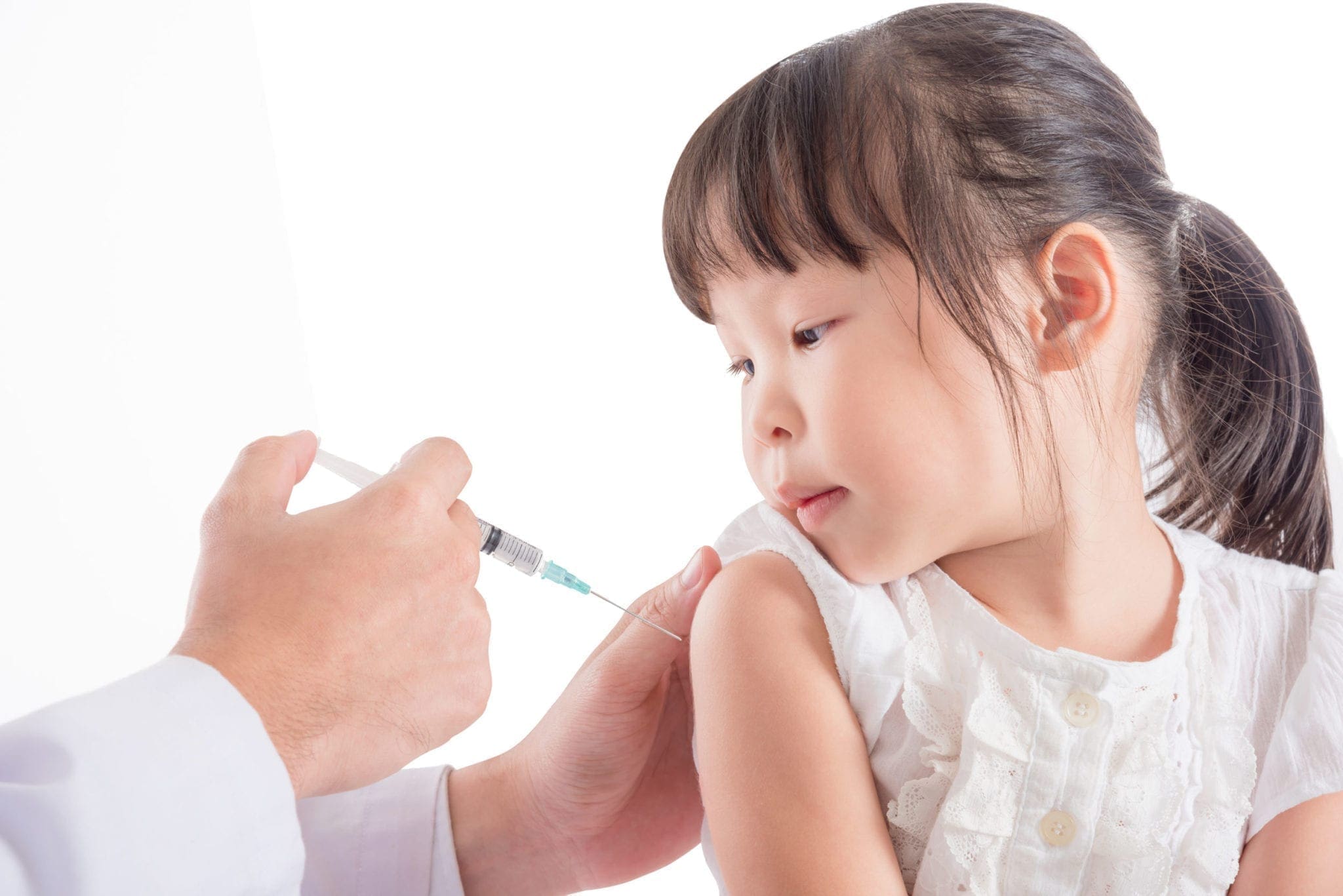Vaccines Are Globally Endorsed By





Vaccines are most effective when they are administered to children at
the right age and
with the recommended dosage as children are susceptible to certain
diseases at certain ages.





5-6 YEARS
Diphtheria and pertussis spread from person to person. Tetanus enters the body through cuts or wounds and can lead to serious health problems, including being unable to open the mouth, having trouble swallowing etc.


10 YEARS
The vaccine provides protection against tetanus which can be contracted through infected cuts or wounds with the spores of the bacterium Clostridium tetani. Diphtheria can lead to difficulty breathing, heart failure, paralysis, or death.
16 YEARS
The vaccine provides protection against tetanus which can be contracted through infected cuts or wounds with the spores of the bacterium Clostridium tetani. Diphtheria can lead to difficulty breathing, heart failure, paralysis, or death.

| Vaccine | Timing | Route | Site | Track |
|---|---|---|---|---|
| DPT Booster-2 | 5-6 Years | Intra-muscular | Upper Arm | |
| Vaccine | Timing | Route | Site | Track |
| TT | 10 Years | Intra-muscular | Upper Arm | |
| Vaccine | Timing | Route | Site | Track |
| TT-2 | 16 Years | Intra-muscular | Upper Arm |
Yes, modern vaccines are formulated to meet safety standards for different age brackets, ensuring safety and efficacy.
The frequency of vaccination depends on the particular vaccintation, makse sure to follow medical guidelines given by your doctor.
Common side effects may include mild discomfort, redness, or low-grade fever, usually subsiding within a few days.





